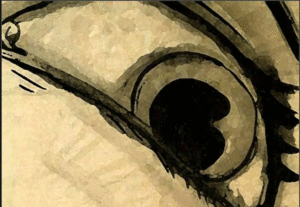As feminists, we believe that telling stories does not have to be “contracted out” to others; it is far more powerful and transformative for people to create and share their own movies. The process of people telling their stories in their own voices is as powerful for the storyteller as the end product is for the audience. Participants produce the stories themselves; they are the ones who speak, who decide what is said, and how it is said. Participants’ stories are not mediated through another nor are they (re)presented. Through the storytelling they represent themselves.
The methodology takes people through a creative process of body-mapping, word play and games to reach for the story they want to tell. We then screen digital stories to open up a discussion on the process and ways of visually representing a story by shaping it into a poem, letter, animated comic strip, dream and more.
